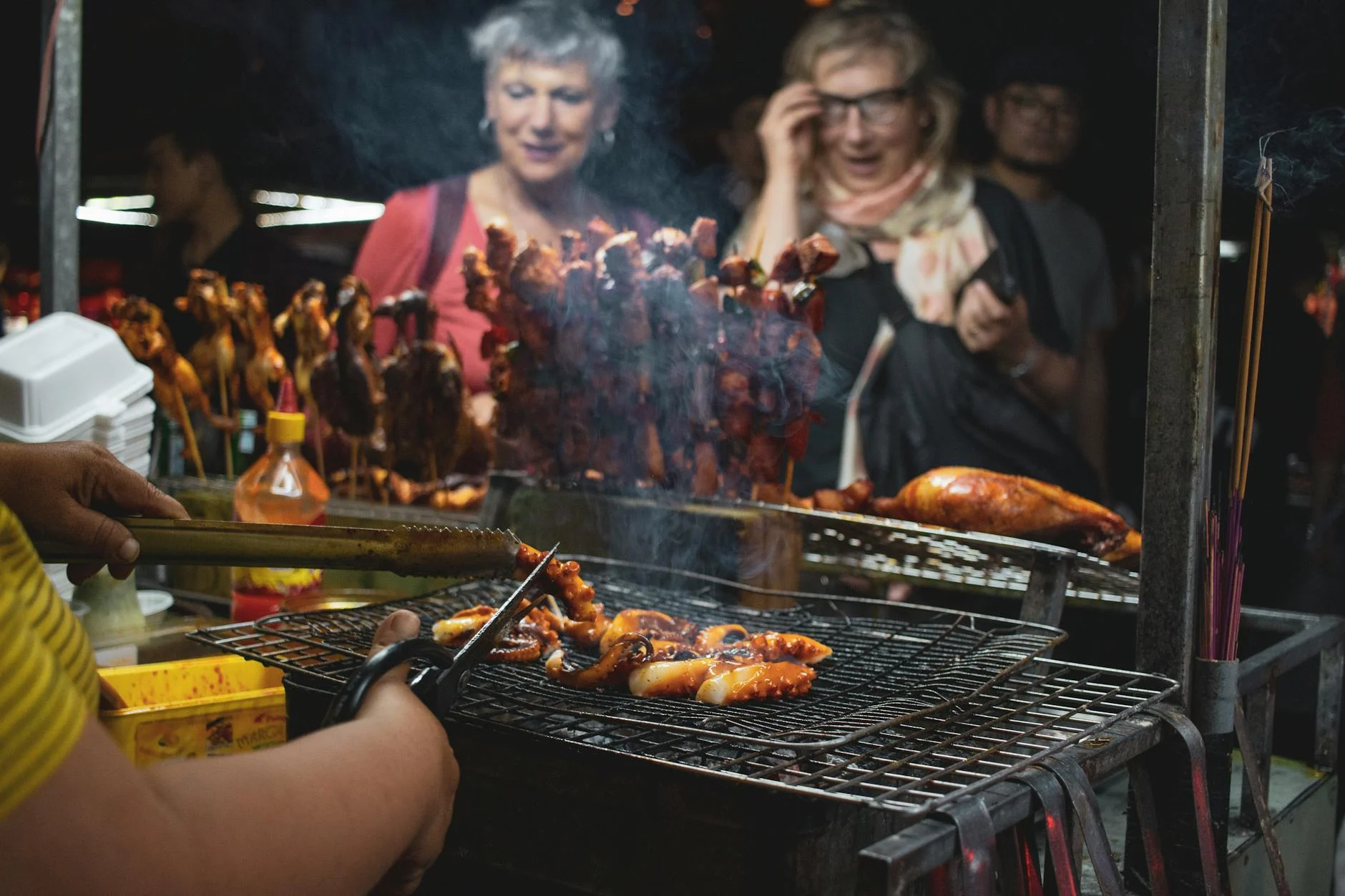As one strolls through the vibrant streets of Osaka, it’s not uncommon to be stopped in one’s tracks by the irresistible aroma of savory sauce wafting through the air or the energetic voices of vendors calling out to passersby. On sizzling iron griddles, spherical batter turns with practiced ease, soon to be lavishly topped with green seaweed flakes and rich mayonnaise. For just a few hundred yen, these seemingly humble dishes offer far more than a quick bite—they embody the Kansai spirit, local atmosphere, and the uniquely close-knit human interactions that define the city.
Unlike typical street food or fast-casual offerings found in other major cities around the world, Osaka’s street cuisine possesses a distinctive charm—what can only be described as an inherent warmth. It’s not just the familiarity of flavor; it’s the proximity of the vendors, the friendly banter, and the seamless integration of food into the rhythm of daily life that creates an experience both culinary and communal. At the core of this intimacy lies Osaka’s rich history, cultural temperament, and a singular way of engaging with food as a form of lived expression.
Central to this narrative is konamon—a category of dishes rooted in flour-based cooking, often grilled on a hotplate. These include regional favorites like takoyaki and okonomiyaki, whose origins trace back to the early 20th century. During the hardships of pre- and post-war Japan, these flour-based creations provided an affordable yet satisfying source of nourishment, becoming deeply embedded in the daily lives of Osaka’s working-class communities.

These beloved flour-based dishes—griddled combinations of cabbage, scallions, seafood, and meat folded into savory batter—have long been favored not just for their bold flavor and playful textures, but for their accessibility. Their simplicity allows them to be prepared in compact street stalls or modest counters, making them a fixture of Osaka’s food landscape. To this day, a walk through the city’s bustling districts reveals small, counter-only establishments and standing-only food carts nestled in alleyways or at the corners of arcades—frequented not just by tourists, but by locals who rely on them as part of daily life.
What makes Osaka’s street food feel so unusually inviting, however, goes beyond the cuisine itself. It’s the style of interaction—the warmth and spontaneity of the vendor-customer relationship—that defines the experience. In Osaka, conversation often begins the moment a dish is ordered, and banter continues as it sizzles on the griddle. Strangers are spoken to as if they were long-lost friends, in a manner rarely encountered in other Japanese cities. This openness can be traced back to Osaka’s roots as a merchant city, where human connection has long been central to everyday transactions.
Osakans tend not to construct barriers between themselves and others. By deliberately softening the boundary between service and hospitality, vendors treat those before them not merely as “customers,” but as fellow participants in a shared moment. This spirit is palpable in the city’s markets, shopping arcades, and food stalls alike—where takoyaki and yakisoba are served not just with flavor, but with laughter and familiarity. There is no resistance to closeness here—in fact, it’s embraced as part of the fun, creating a street food culture that feels not only delicious, but delightfully personal.
Another hallmark of Osaka’s street food experience lies in its price point and serving pace. Here, affordability ranks second only to flavor in the city’s culinary hierarchy, and street food embodies this ethos. Many dishes cost less than a single coin and are delivered within minutes of ordering—always piping hot and freshly prepared. This immediacy—paired with the warmth of freshly cooked fare—creates a profound sense of proximity for the diner. Witnessing the cooking unfold right before your eyes fosters trust, reassurance, and a sense of live performance.
Yet this experience transcends mere “speed” or “low cost.” The act of having your food made right in front of you—eye to eye—imbues each dish with personality and intimacy. Unlike a distant kitchen, where food is prepared out of sight, Osaka’s street stalls foreground human connection. The warmth isn’t confined to the dish—it permeates the shared moment between cook and guest.

Another striking feature of Osaka’s street food scene is its culture of sharing. Friends and families frequently gather around a single dish, sampling together while engaged in conversation. This behavior embodies a deeply rooted belief: that eating is at its most enjoyable when experienced together. Because these dishes are extensions of home cooking—unpretentious and comforting—diners naturally relax and engage. Food becomes a conduit for deepening connections, evoking laughter and collective joy. This is, perhaps, the true source of Osaka’s signature warmth—a warmth born of communal experience rather than mere taste.
In Osaka, street food is more than a tourist attraction—it is community infrastructure. Whether students after school, office workers post-work, elders strolling the arcade, or visitors exploring—people of all ages and backgrounds converge to share space and savor the same flavors. Here, without concern for status or role, a generous inclusivity prevails: anyone is welcome.
Seen in this light, Osaka’s street cuisine functions as a social medium—a catalyst that bridges individuals, knitting together culture, relationships, and public life. This is why a traveler stopping by a food stall might feel compelled to return—not just because of the flavor, but because of the sense of belonging and openness the place radiates.
The term “friendly”—or ninnakko—holds deeper meaning here. It implies emotional space, low barriers, and forgiving laughter. Osaka’s street food carries all that effortlessly. Served amid the aroma of a sizzling griddle is a dish imbued with smiles, conversation, and humanity. It is this atmosphere—not merely the taste—that lingers in the hearts of travelers long after they leave.




